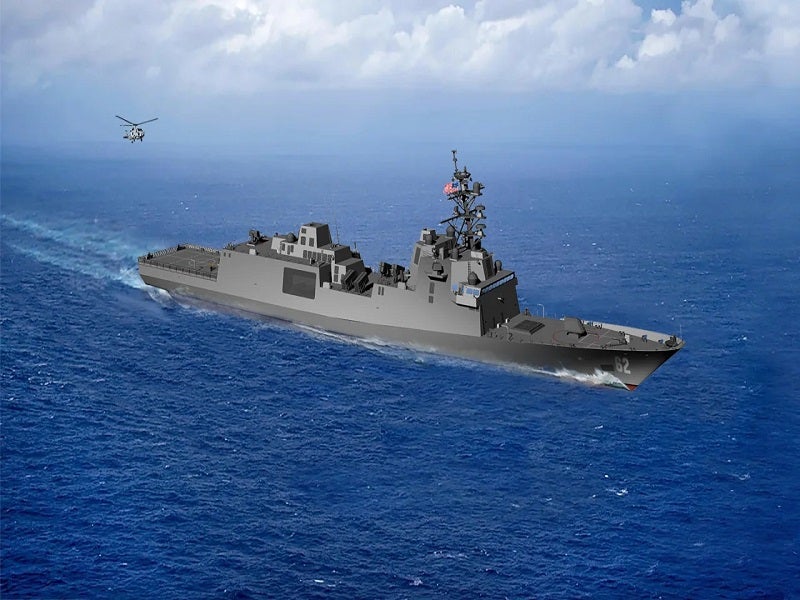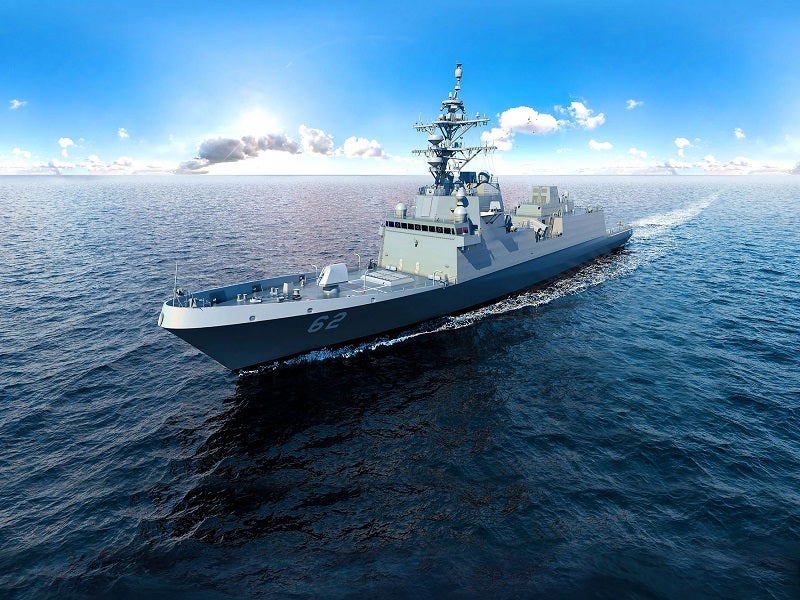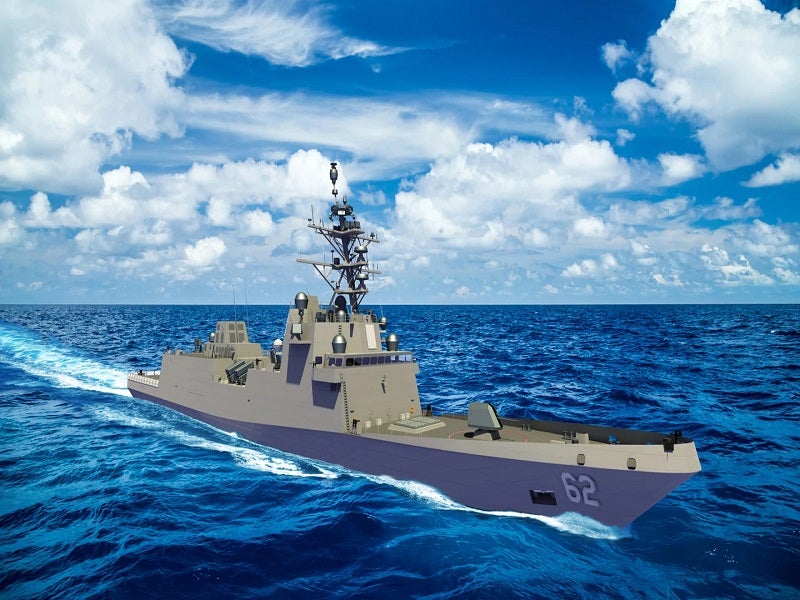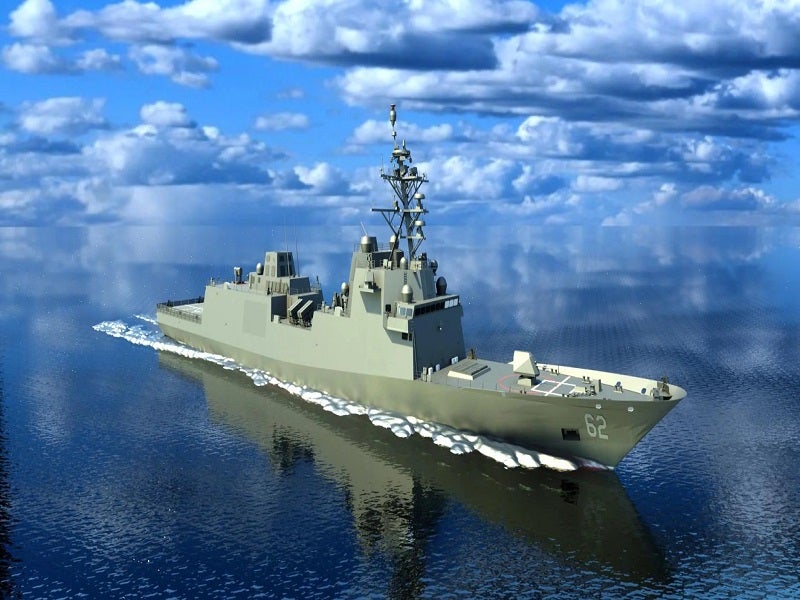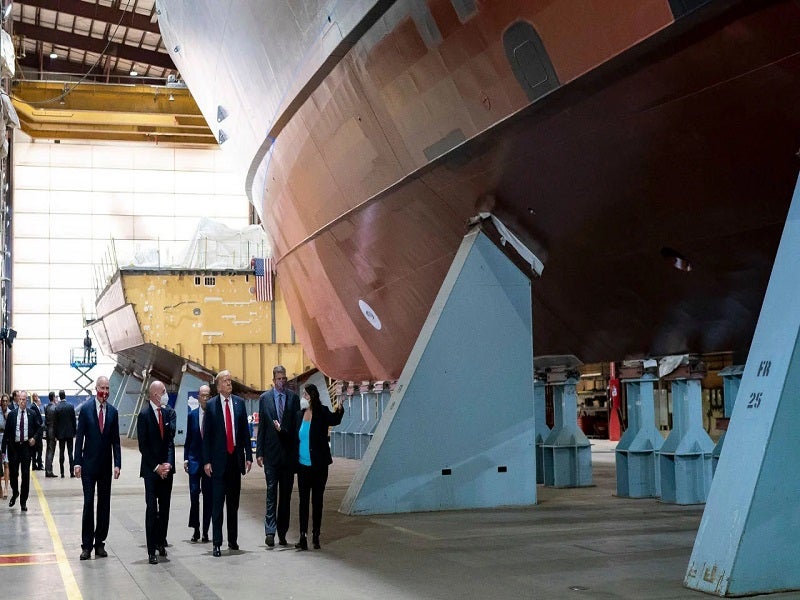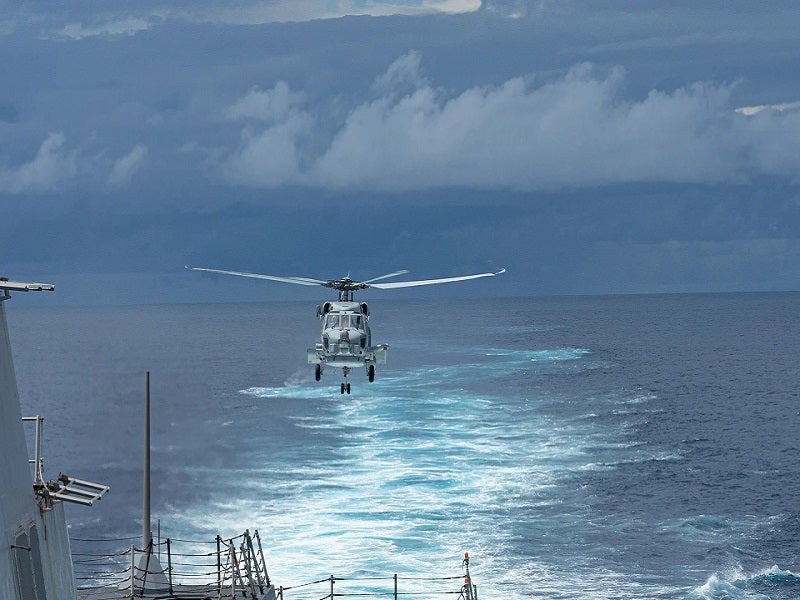The Constellation-class (FFG 62) multi-mission guided-missile frigate is being developed by Fincantieri Marinette Marine (FMM), part of Fincantieri Marine Group, for the US Navy.
The frigate can carry out multiple missions, including anti-air warfare, anti-submarine warfare, anti-surface warfare, and electronic warfare. It can operate independently or as a part of a strike group.
The lead ship in the class, USS Constellation, is the fifth US Navy vessel to be named Constellation.
Construction on the USS Constellation started in August 2022, while the keel was laid in April 2024.
The USS Constellation is scheduled to be delivered in 2029 and is expected to achieve initial operational capability (IOC) by 2030.
Constellation-class frigates development
The notional designation of the Constellation-class frigates is FFG(X) and the US Navy intends to acquire up to 20 Constellation-class frigates under the FFG(X) programme.
The US Navy released a request for proposal (RFP) for the FFG(X) detail design and construction contract for the first ten vessels in June 2019. It received technical proposals in August 2019, followed by cost proposals in September 2019.
Austal USA, Fincantieri Marine Group, General Dynamics, Huntington Ingalls Industries and Lockheed Martin competed for the FFG(X) programme. The US Navy awarded a $15m contract to each shipbuilder for the conceptual designs of the frigate and Fincantieri emerged as the winner.
FMM partnered with Gibbs & Cox and Trident Maritime Systems to transform the FREMM vessel to US design standards.
The US Navy placed a $795m contract with FMM for the concept design and construction of the USS Constellation and nine additional vessels in April 2020. The vessel will be based on its FREMM frigate platform.
The contract also includes options for nine additional ships, which, if exercised, will bring the total value to $5.58bn. Fincantieri will also provide post-delivery availability support and crew training, under the contract.
In May 2021, the US Department of Defense (DoD) announced that the US Navy opted to exercise a $553.8m option for FMM to construct the second Constellation-class frigate, USS Congress.
A contract option worth $536m was exercised in June 2022 for the construction of the third Frigate, USS Chesapeake.
In May 2023, FMM received a $526m contract from the DoD to construct the fourth Constellation-class frigate, USS Lafayette.
The US Navy currently has five frigates on order from FMM, with five more options still available on the initial contract.
Design and features of Constellation-class frigates
The Constellation-class frigate incorporates a modified FREMM design that can meet the mission-specific requirements of the US Navy.
It features a length of 151.8m, a beam of 19.81m, and a draft of 7.01m. The displacement of the vessel is approximately 7,500t. It can accommodate more than 200 personnel and will be able to operate with dual crews.
The vessel features improved lethality and survivability and also increased electromagnetic manoeuvre warfare (EMW) capability, which offers multiple options to fleet commanders, as well as to support the National Defense Strategy during a range of military operations.
The frigate can carry an MH-60 Seahawk helicopter and an MQ-8C Fire Scout unmanned aircraft system.
Weapon systems of Constellation-class frigates
The frigate will be installed with a Mk 41 vertical launch system (VLS) for launching surface-to-air missiles such as for Evolved Sea Sparrow Missile (ESSM) Block 2 and Standard Missile (SM)-2.
It will also be armed with an MK 110 57mm gun and canister launched over-the-horizon missiles and anti-ship missiles.
Sensors aboard Constellation-class
The new frigates will be equipped with a baseline Aegis combat management system, an Enterprise Air Surveillance Radar (EASR), and Raytheon’s AN/SPY-6(V)3 radar.
Other sensors include a lightweight towed array sonar, a variable-depth sonar (VDS), and an undersea warfare/anti-submarine warfare combat system.
Propulsion of Constellation-class frigates
The vessel will be equipped with a combined diesel-electric and gas (CODLAG) propulsion system. The guided-missile frigate can generate 12MW of power, making it a future-proof platform.
It will be able to cruise at a sustained speed of more than 26k. The combat ship will offer a range of more than 6,000nm at a speed of 16k.
Contractors involved
L3Harris Technologies, an information technology services provider, received a contract to integrate and produce key subsystems for the frigates in February 2021.
Rolls-Royce, a power and propulsion solutions provider, was contracted to supply up to 40 fixed-pitch propellers for the FFG-62 guided missile frigate programme in April 2021.
In May 2021, Rolls-Royce was chosen to provide its mtu naval generator sets for the initial phase of the US Navy’s Constellation (FFG-62) class frigate programme. The company was chosen to provide four more of its mtu naval generator sets for the USS Congress frigate in March 2023.
BAE Systems received a $26m contract in October 2021 to outfit the frigates with the fully automatic 57mm Mk 110 naval gun.
Great Lakes Sound and Vibration (GLSV), a noise and vibration solutions provider, won a contract for the delivery of diesel exhaust silencers for the US Navy FFG-62 Constellation-class frigates in July 2023.

